Blackjack Table
Even though there are many, many different odds, rules and name variations in Blackjack; the basic table layout will always stay the same, no matter what. The design can be simplified down to a regular 4X4 table, although larger casinos usually have tables that can be considered a pure work of art. But whether amateur, professional or even virtual, a Blackjack table is simply the medium on which the game is played.
Blackjack tables are usually very easy to spot while at the casino; they can accommodate anywhere between 5 and 9 people; have 1 person attending the table (the dealer) and of course a card dispensary unit, also known as a ‘shoe ‘.
As we can see from the picture below, the basic Blackjack layout is nothing to be intimidated by. In fact, compared to other casino games like Craps and Roulette, Blackjack is the easiest; both in terms of actual gameplay and of course, in table design. As you can see, there are 5 things that a person must know before he can safely identify a Blackjack table.
1. Betting Area – First of all, this is not where you keep your cards! Even though it looks rectangular (most casinos have switched to circular betting areas), this space is reserved for placing checks (chips) and nothing else. As you can see, there are 7 betting areas stretched across the table. This is where the other player will place their bets (don’t worry, you don’t actually have to play against the other players). Once you have placed your bet inside, the dealer will give you 2 cards, which he would place just above the players’ bets – see point 5*
2. Money Chute – Basically, there is where all our money goes. When you wish to exchange hard currency for casino chips (you cannot play with actual money I am afraid), you place the money gently on top of the table. Do not give the money directly to the dealer (hand-to-hand), for it is considered bad gambling ethics. The dealer will then exchange money for checks, and dispose of the paper currency by placing it in the chute.
3. Chips – Chips in Blackjack are called checks, because they have an actual monetary value written on them, whereas chips are money tokens without indications. The dear will dispense these whether a player buys some from him, or when the player wins a game. Either way, the dealer is the only person allowed to touch the chips.
4. Shoe – A “shoe” refers to a clear plastic container, used by the dealer for easier displacement of cards. A ‘shoe’ can contain up to 8 individual decks, depending on the game. Some variations of the game may not have a shoe (Single Deck for example); so don’t expect to see one every time.
5. Card Area/Rules – This is where all your cards will be stacked (cards are placed above the bet, in a domino-like fashion). This field will also tell you what kind of blackjack you are about to play; the rules regarding hitting or staying on 17s; and how much does a ‘blackjack’ pay. Read these field carefully before sitting at a table.
6. Dealer’s Hand – This area is reserved for the dealer’s hand. He will have one card facing-up, and stacked below it would be his face-down card. You might see the dealer peaking under his face-down card (according to the rules in question) and offering ‘insurance’.
What to do while at the Table
Now that you know what a blackjack table looks like, let us look at some of the basic things you will be required to do while at the table. For example, each table has a minimum and maximum bet limit (otherwise said, the amount of money you can put on a single bet). Also, keep in mind that the game is played clockwise, meaning that it is your turn, only if there is no one playing on your right.
Please read and MEMORIZE each rule, like it was the most important rule of the game (proper table ethics will show that you have an appreciation for the game, and at least some prior experience).*Note that I won’t be going over the rules themselves (hitting, splitting etc.) but rather just their correlating hand/finger gestures. Said gestures are
Hit – To indicate that you want another card, simply ‘tap’ or ‘scratch’ the surface of the table with your middle and index finger. You can still say ‘hit’ or ‘hit me’, but unless you tap/scratch your fingers, you won’t get your card. Don’t TOUCH the cards themselves (never touch your cards, unless you are dealt your card face-down, and even then you are only allowed to touch them using one hand only).
Stand – If you don’t need any additional cards, simply wave your hand close to your bet (like you are playing with the flame of a candle). And whatever you do, don’t place your hand directly on top of the bet (the casino might see this as cheating, or an attempt for one). You cards/chips must be visible at all times.
Double Down – Stating that you want a double down is done by holding your hand in a fist and protruding your index-finger forward (like you are looking through a phonebook). Don’t move your hand, just hold it like this until you receive another card.
Split – Splitting is done by holding both your index and middle finger down, like you are giving a reverse “peace sign”, or are simulating a little man walking. A common mistake most player do when they first start playing is that they ‘split; their own hands when they want a split. This is very wrong (like I said, touching a hand that has been dealt face-up is considered cheating) and you could get thrown out of the casino. Just hold your two fingers down, and the dealer will split your hand for you.
Surrender – to indicate a surrender, simply run your finger across the table (like you are drawing a line), just below the betting area. Just make sure that you time your surrender according to the rules of the particular Blackjack game (Early/Late Surrender).


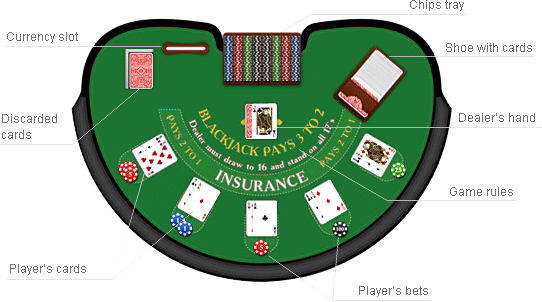
 PlayOJO Casino
PlayOJO Casino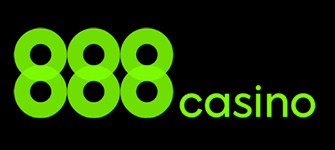 888casino
888casino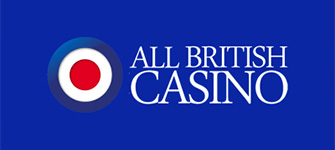 All British Casino
All British Casino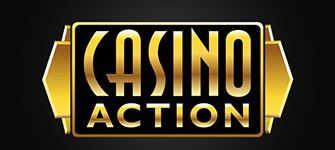 Casino Action
Casino Action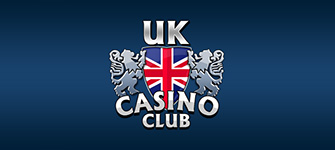 UK Casino Club
UK Casino Club